White House and California Still Discussing Emission Rules, Incredibly

Considering that the Trump administration’s Safer and Affordable Fuel Efficient (SAFE) Vehicles proposal specifically calls for the revocation of California’s power to set its own emissions rules, it’s miraculous that the Golden State is still willing to discuss the issue. But here we are.
Administration officials and members of the California Air Resources Board (CARB) emerged from a meeting on Wednesday, saying they were working toward resolving their differences over vehicle emissions, interested in establishing a single national standard, and — get this — would be happy to meet again.
CARB has proposed maintaining strict Obama-era rules that call for rising fuel efficiency requirements annually through 2025, while SAFE seeks to freeze national vehicle emissions standards at 2020 levels through 2026. The pair are absolutely opposed on the issue. However, according to Reuters, California’s air chief, Mary Nichols, said she could see a potential window to make a deal this fall.
While that sounds implausible if the current administration is successful in revoking California’s ability to set its own standards, the state has already set itself up for a legal battle. In May, Seventeen states (led by California) announced a lawsuit against the Environmental Protection Agency. The suit alleges that the EPA’s decision to roll back Obama-era standards was conducted in an arbitrary and capricious manner.
As the largest U.S. auto market in the United States, the region also has some bargaining might behind it. If the federal government fails to stop California from self-regulating, it would severely complicate things for the automotive industry. Automakers want looser emissions standards because it’s cheaper for them to adhere to and should better serve existing consumer trends, but they don’t want them at the expense of varied regulatory hurdles. For carmakers, almost any national standard would be better than having to treat one third of the market differently.
California doesn’t appear to have changed its tune and remains set on tightening state vehicle emissions rules after 2020. But the mere fact that it’s issuing joint statements with the current administration and is open to further discussions seems to indicate potential wiggle room coming from one or even both parties. Perhaps we’ll see how that manifests, as Nichols suggested, in the fall.

A staunch consumer advocate tracking industry trends and regulation. Before joining TTAC, Matt spent a decade working for marketing and research firms based in NYC. Clients included several of the world’s largest automakers, global tire brands, and aftermarket part suppliers. Dissatisfied with the corporate world and resentful of having to wear suits everyday, he pivoted to writing about cars. Since then, that man has become an ardent supporter of the right-to-repair movement, been interviewed on the auto industry by national radio broadcasts, driven more rental cars than anyone ever should, participated in amateur rallying events, and received the requisite minimum training as sanctioned by the SCCA. Handy with a wrench, Matt grew up surrounded by Detroit auto workers and managed to get a pizza delivery job before he was legally eligible. He later found himself driving box trucks through Manhattan, guaranteeing future sympathy for actual truckers. He continues to conduct research pertaining to the automotive sector as an independent contractor and has since moved back to his native Michigan, closer to where the cars are born. A contrarian, Matt claims to prefer understeer — stating that front and all-wheel drive vehicles cater best to his driving style.
More by Matt Posky
Latest Car Reviews
Read moreLatest Product Reviews
Read moreRecent Comments
- Dave Holzman Golden2husky remember you from well over decade ago in these comments. If I wanted to have a screen name that reflected my canine companionship, I'd be BorderCollie as of about five years go. Life is definitely better with dogs.
- Dave Holzman You're right about that!
- EBFlex It will have exactly zero effect
- THX1136 What happened to the other companies that were going to build charging stations? Maybe I'm not remembering clearly OR maybe the money the government gave them hasn't been applied to building some at this point. Sincere question/no snark.
- VoGhost ChatGPT, Review the following article from Automotive News: and create an 800 word essay summarizing the content. Then re-write the essay from the perspective of an ExxonMobil public relations executive looking to encourage the use of petroleum. Ensure the essay has biases that reinforce the views of my audience of elderly white Trump-loving Americans with minimal education. Then write a headline for the essay that will anger this audience and encourage them to read the article and add their own thoughts in the comments. Then use the publish routine to publish the essay under “news blog” using Matt Posky listing the author to completely subvert the purpose of The Truth About Cars.


















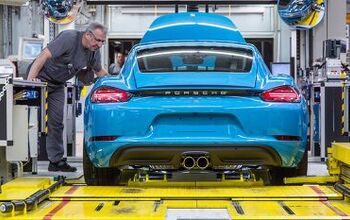
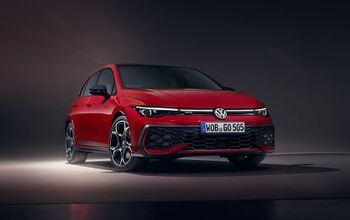
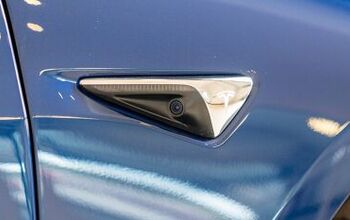
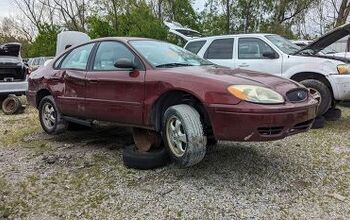
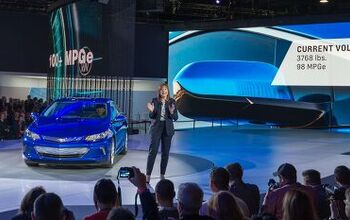
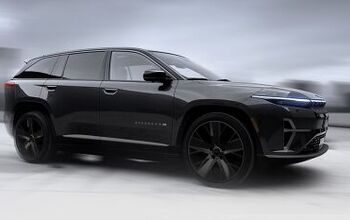

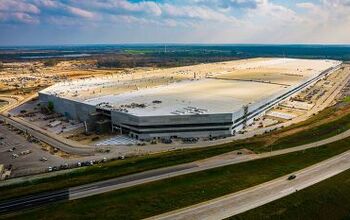
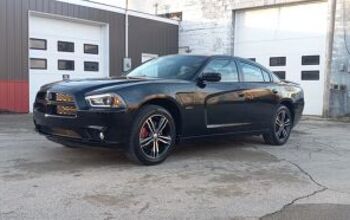

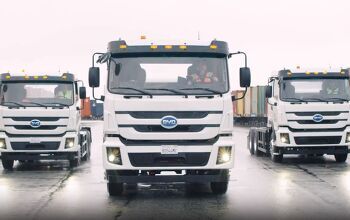
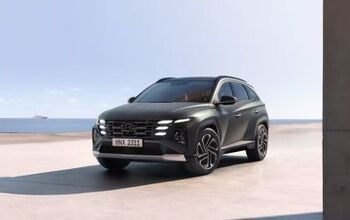
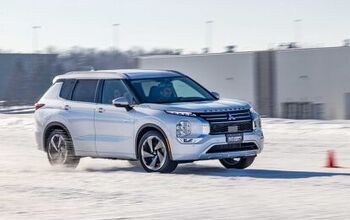
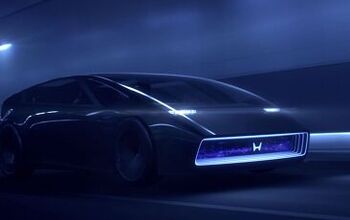
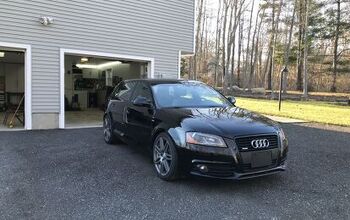

Comments
Join the conversation
Its about time the tail stops wagging the dog. In the 60's and 70's yes it was needed, but the brown haze that enveloped LA is long gone. To give an example how extreme the snowflakes in California are, just look at the dead vegetation .Dead brush and 120 Million dead trees which fuel the huge wildfires and yet the amount of red tape to go out and clear this can be staggering.
"We need cleaner cars!" California shouts as their mismanaged and burning forests spew particulates, toxins and (gasp) CO2.